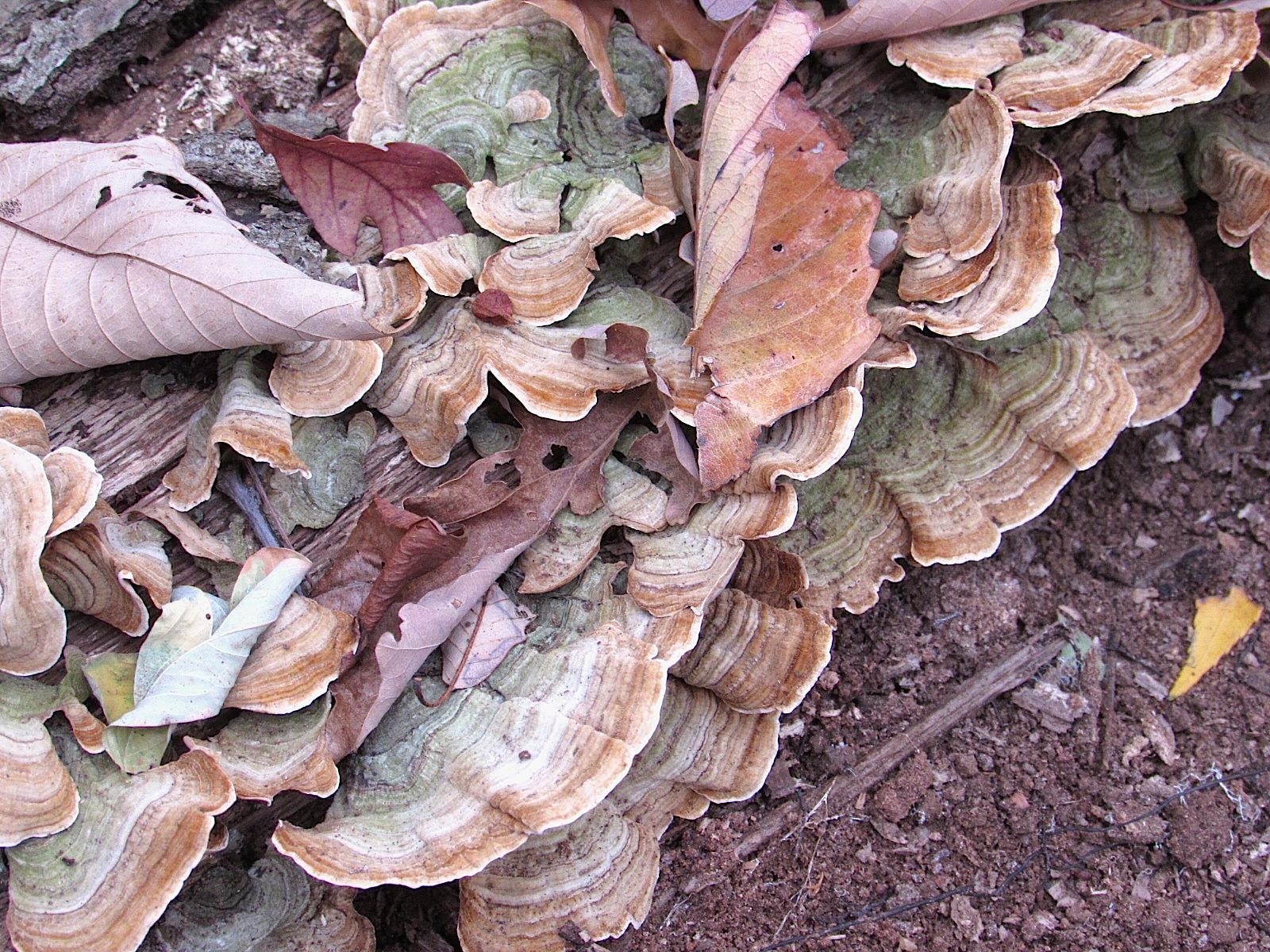In 2013 the Smithsonian Folklife Festival on the national mall hosted a big beautiful display of Hungarian crafts and folk arts for two weeks. Keith and I went and enjoyed it about four days out of the ten that they were there performing for our education and entertainment. My younger sister is married to a great guy who's parents both immigrated from Hungry during the Soviet era to the midwest. Elizabeth his mom was so excited that this cultural event was coming and wanted to go so badly but her poor health at the time made the trip here to Washington DC in the heat of July impossible. That's why I went and dug into the events so fully to collect pictures and memories to send to her and to learn more for myself. I remember it as being an excellent cultural experience. One full of so many different crafts and songs and dances unlike most countries we see at the festival in DC there is a very strong youth cultural education model in Hungry. They have folk dancing clubs and all this great fun stuff for teens to do that American teens don't have. Earlier this year Elizabeth sent me a surprise package in the mail. Inside were a couple yards of beautiful hand made blue Hungarian fabric, printed with a tiny dot design of white flowers and strings of dots.
 |
| Elizabeth's blue and white Hungarian fabric gift. |
It is handmade in Hungry and I had seen the same type of fabric being made at the Smithsonian Folklife Festival. It is a resist process where the crafts people, after making a hand made wire block, dip the block in a resist type waxy substance and hand print it onto white fabric. Then the whole length of fabric is dyed blue and the resist holds out the dye everywhere it was printed on the white fabric. Voila, a blue field covered with delicate white designs. The woman presenting the process said it takes her husband about three months to make a new block from wood and copper wires, seen in the first photo below. They use a waxy resist which is turquoise colored in this picture below and you can see the print of turquoise wax mixture on the white fabric as well as the results after the fabric is dyed blue.
The color of blue is a delicious rich blue and was seen around the festival in a few different places. This handsome young folk dancer was wearing a big shirt and wide legged trousers with a heavy wool coat of a shepherd and later a woolen suit jacket when he danced for us... he sweat up a storm in the heat of Washington DC July afternoon. I was very inspired by all the young performers who were the best in Hungry after winning a "Hungry's most talented folk performers" TV show contest of 2012. They were amazing. Getting some of this beautiful fabric was a dream come true so I set to work making a new quilt soon as I figured out a block I wanted to try.
I finished making it from the fabric sent by Elizabeth Poti in a modern jumbled pinwheel design. It's 46 inches square now after washing. I called it Blue Hungarian as I expect Elizabeth is a little blue being so far from her home culture, living in Iowa. I will be displaying my quilts for sale at the Middleburg Arts Project gallery December 5th-30th, 2014 Reception is Friday Dec. 12th 5-8 PM and the following day "meet the artists" event Saturday Dec. 13th from 2-5 PM. The gallery will also have work by two other very different quilting artists I am looking forward to meeting.
Blue Hungarian is 46x46 inches all cotton hand quilted white and blue #8 pearl cotton.
back of the quilt showing the diamond quilting and the huge pinwheel in blue and white.


































